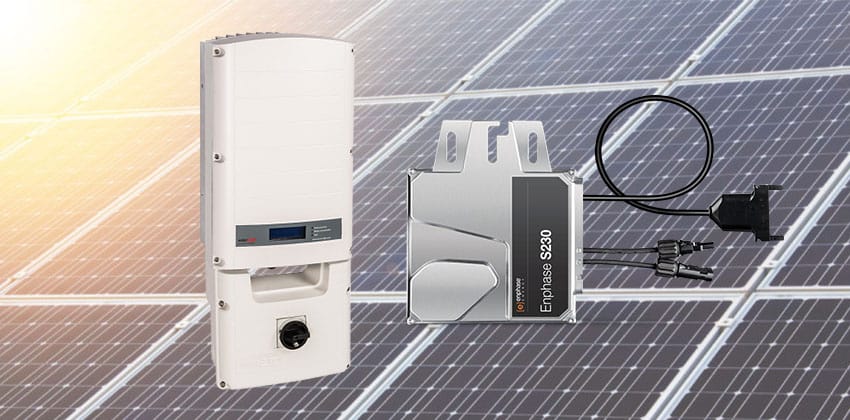
太阳能电池板是否需要直射阳光的问题是在考虑安装太阳能发电系统时经常出现的问题. 答案不是简单的是或否, 因为有几个因素要考虑.
第一的, 重要的是要了解太阳能电池板如何工作. 太阳能电池板由光伏 (光伏发电) 细胞, 哪个将阳光转化为直流 (直流电) 电. 然后将此直流电力转换为交替电流 (空调) 太阳逆变器的电力, 可以用来为家庭和企业中的设备和设备供电.
直射阳光是太阳能电池板的理想选择, 因为它提供最高的能量输出. 然而, 阴天或有阳光直射时太阳能电池板仍可发电, 例如日出或日落时. 在这些条件下产生的电量将低于晴天的电量, 但仍能为太阳能发电系统的整体能量输出做出贡献.
另一个需要考虑的因素是太阳能电池板的角度和方向. 理想情况下, 太阳能电池板应面向南部,并以等于安装地点的纬度的角度倾斜. 这使太阳能电池板全天捕获最阳光. 然而, 即使太阳能电池板不朝南或不处于最佳角度, 他们仍然可以发电. 还有一种称为太阳能跟踪器的设备,可以全天调整太阳能电池板的角度,以最大限度地提高能量输出.
遮阳是太阳能电池板性能时需要考虑的另一个因素. 如果太阳能电池板被部分遮挡, 它可以显着降低整个系统的能量输出. 这是因为一块太阳能电池板上的阴影会导致电压下降, 这会影响整串太阳能电池板. 微型逆变器和功率优化器可以通过优化每个太阳能电池板的能量输出来帮助减轻阴影的影响.
还值得注意的是,太阳能电池板可以在寒冷的温度下发电, 即使地上有雪. 雪会在短期内减少能量输出, 但一旦雪融化, 太阳能电池板将继续发电.
总之, 太阳能电池板不一定需要阳光直射才能发电, 但直射阳光确实能提供最高的能量输出. 其他需要考虑的因素包括太阳能电池板的角度和方向, 阴影, 以及使用微型逆变器或功率优化器来优化能量输出. 通过正确的安装和维护, 太阳能系统可以为家庭和企业提供可靠的清洁能源来源.
